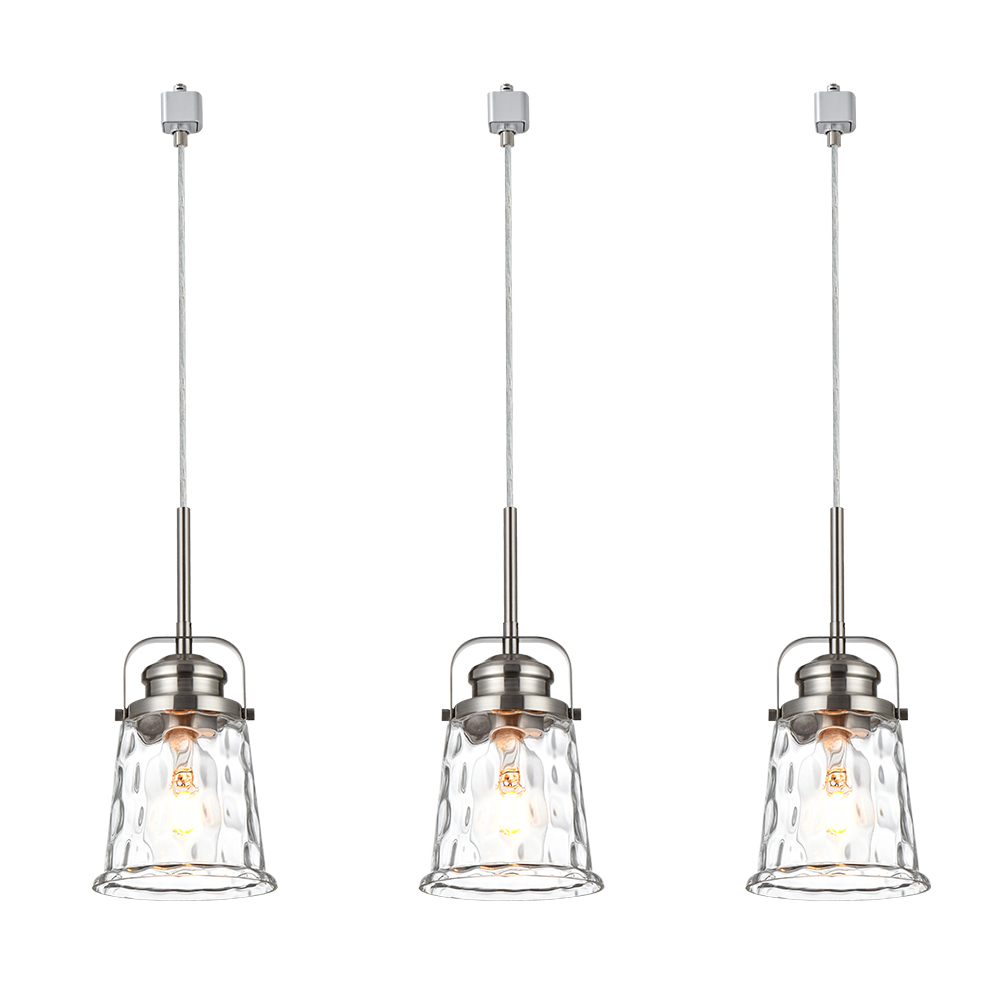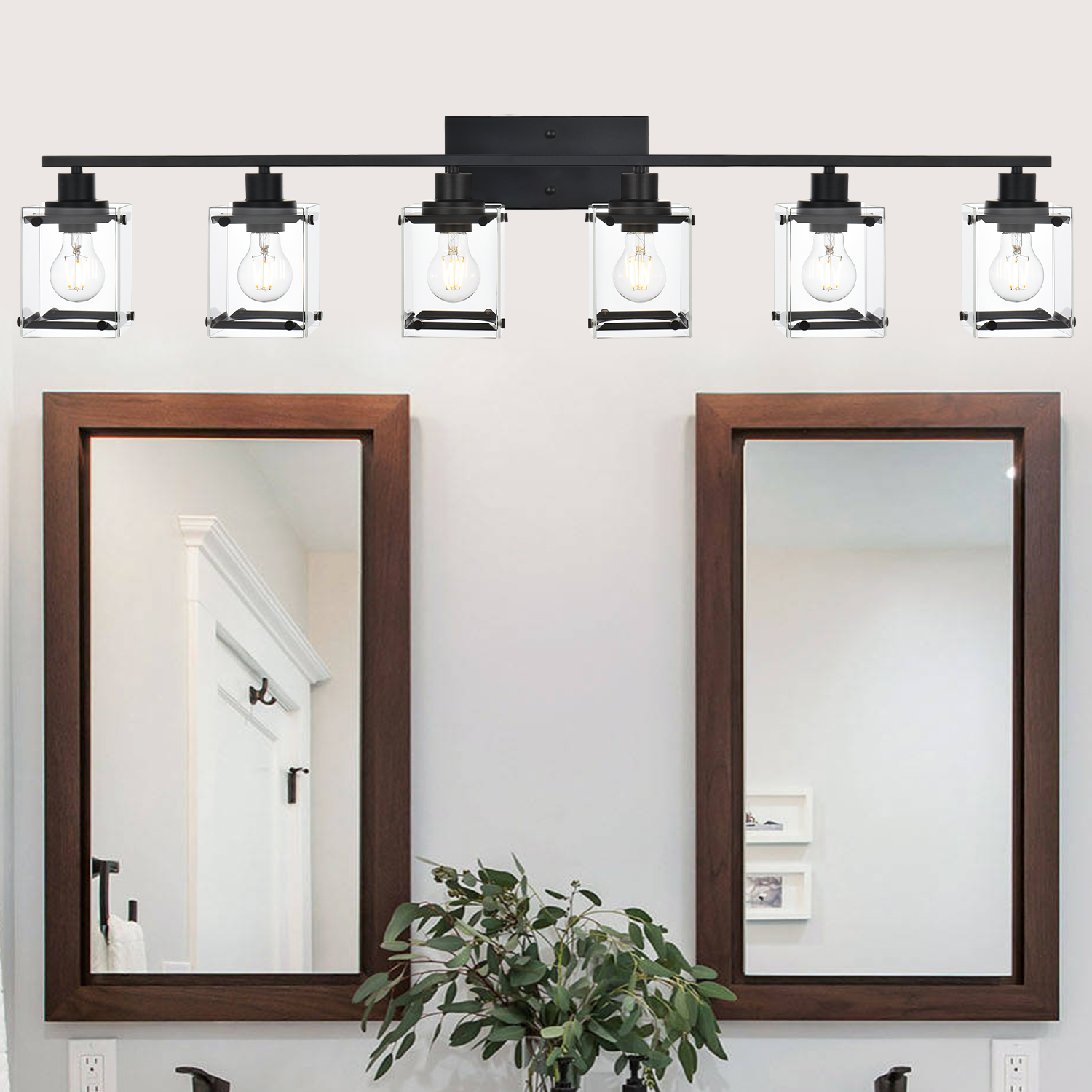do led lights get hot
Do LED Lights Get Hot?
Foreword:
In the era of energy efficiency and sustainability, LED (Light Emitting Diode) lights have become the preferred choice for many homeowners and businesses. But a common question lingers: do LED lights get hot? This article delves into the science behind LED lighting to provide a comprehensive answer, exploring the heat generation process, its implications, and how it compares to traditional lighting options.
Introduction to LED Lights
LED lights have revolutionized the lighting industry with their longevity, energy efficiency, and adaptability. Unlike traditional incandescent bulbs, which produce light through a heated filament, LED lights generate light through the movement of electrons in a semiconductor material. This process is significantly more efficient, converting a higher percentage of electrical energy into light rather than heat.

Do LED Lights Get Hot?
The Heat Generation Process
The short answer is yes, LED lights do get hot, but not as hot as traditional lighting sources. LED lights generate heat as a byproduct of the light production process. When electricity passes through the semiconductor material, some of the energy is converted into heat. However, LED lights are designed to dissipate this heat efficiently to maintain their operational temperature within safe limits.
Heat Dissipation
One of the critical aspects of LED lighting is heat dissipation. LED manufacturers have developed various techniques to manage and dissipate heat, ensuring the longevity and performance of the lights. Here are some common methods:
- Heat Sinks: Many LED lights come with heat sinks, which are metal structures designed to absorb and dissipate heat away from the LED.
- Thermal Paste: This is a material applied between the LED and the heat sink to improve heat transfer.
- Thermal Management Systems: Some high-end LED products feature advanced thermal management systems to regulate temperature.
Comparing LED Lights to Traditional Bulbs
To understand the heat generation of LED lights, it’s essential to compare them to traditional lighting sources like incandescent and halogen bulbs.
Incandescent Bulbs: These bulbs produce light by heating a filament until it glows. As a result, they generate a significant amount of heat, making them inefficient and potentially dangerous. In fact, about 90% of the energy used by incandescent bulbs is converted into heat.
Halogen Bulbs: Halogen bulbs are more efficient than incandescent bulbs but still generate a considerable amount of heat. They use a halogen gas to extend the life of the filament and improve efficiency, but heat generation remains a significant issue.
LED Lights: In contrast, LED lights produce very little heat compared to these traditional bulbs. While they do generate heat, the amount is minimal, and it is effectively dissipated through the design of the LED.
Implications of Heat Generation in LED Lights
The heat generated by LED lights has several implications, both positive and negative.
Positive Implications:

- Energy Efficiency: The reduced heat generation means that LED lights are more energy-efficient, converting more electricity into light rather than heat.
- Longevity: Efficient heat dissipation helps extend the lifespan of LED lights, making them a cost-effective option for long-term use.
Negative Implications:
- Performance: Excessive heat can affect the performance of LED lights, leading to reduced light output and color shift over time.
- Safety: While LED lights are generally safe, excessive heat can pose a risk if not managed properly.
Practical Tips for Managing Heat in LED Lights
To ensure the optimal performance and longevity of LED lights, here are some practical tips for managing heat:
- Proper Installation: Ensure that LED lights are installed correctly, with adequate ventilation and space for heat dissipation.
- Quality Products: Invest in high-quality LED lights that feature effective thermal management systems.
- Regular Maintenance: Regularly clean the LED lights and their surroundings to prevent dust and debris from blocking heat dissipation.
Conclusion:
In conclusion, while LED lights do get hot, they generate significantly less heat than traditional lighting sources. The efficient dissipation of heat ensures their longevity and energy efficiency, making them an ideal choice for modern lighting needs. By understanding the heat generation process and taking practical steps to manage it, users can enjoy the benefits of LED lighting without compromising on safety or performance.

